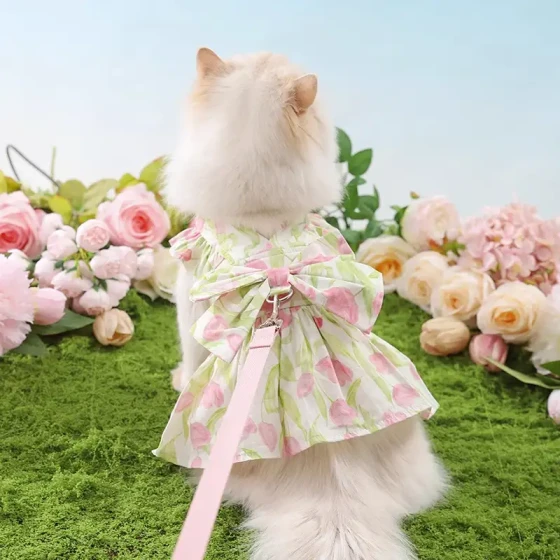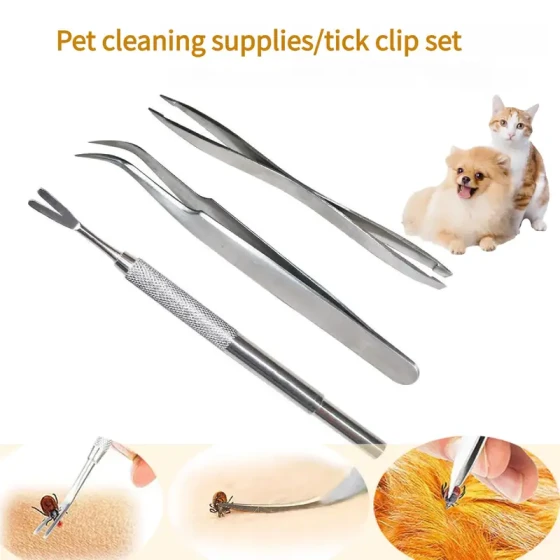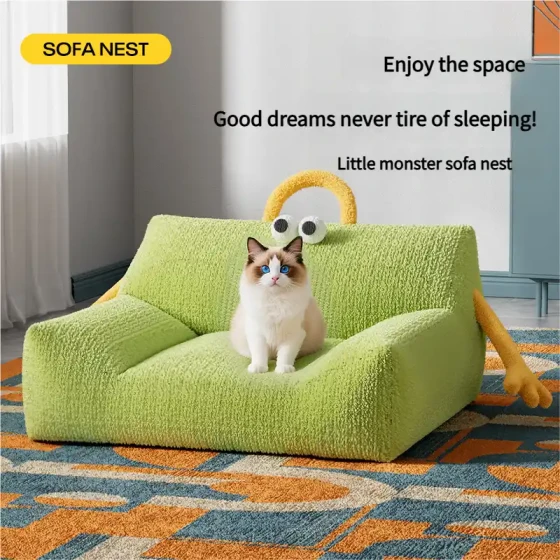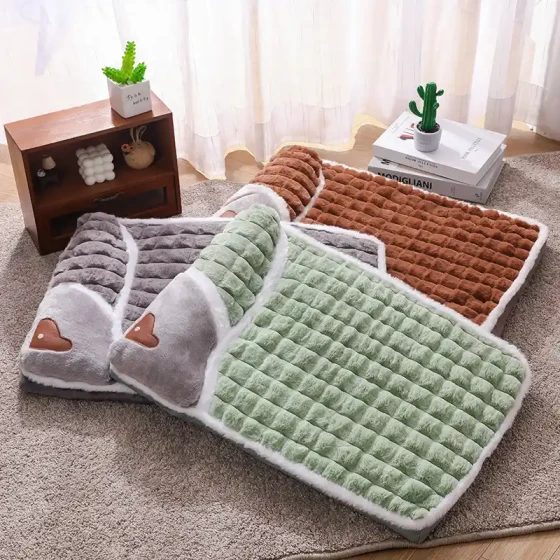Are Tabby Cats Native Cats_The Revelation of Chinese Rural Cats
This question is well asked and quite deep. Are tabby cats "native cats"? It depends on how we define the term "native cat" and how we view the identity of a "tabby cat."
Let's first talk about "native cat." This term sounds like it carries a sense of "original" or "native." Just like when we say "local specialty," it emphasizes a regional and original nature. Applied to cats, "native cats" usually refer to cat populations that are locally born and raised in a specific area, shaped by natural selection rather than artificial, precise breeding. They may lack illustrious pedigree certificates or international cat associations' (such as CFA, TICA) stamped standards, but they are definitely "living fossils" nurtured by the local environment. Using a slightly more academic term, they can be called "local breeds" or "natural populations."
Now, let's look at "tabby cats."
If you see a tiger-striped, sharp-eyed, agile cat on the street, in a neighborhood garden, chances are someone will say: "Hey, that's a tabby!" These cats with specific tiger stripes (usually mackerel or broken mackerel patterns) are extremely common in China and have a long history. Some say that some Song Dynasty paintings, like "The Picture of Wealthy Floral Tabby," might have depicted ancestors of the tabby cat. This kind of cat has strong adaptability, excellent mouse-catching ability, an independent personality (sometimes affectionate, depending on the individual), and is basically one of the "classic models" of cats on the Chinese land.
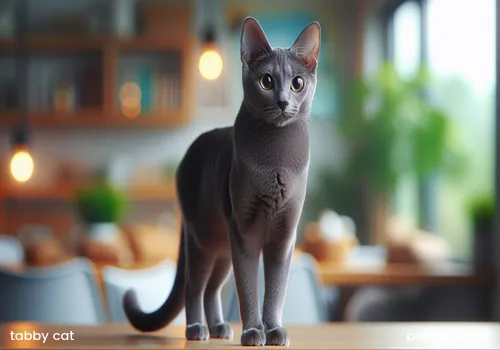
So, does the tabby cat count as a "native cat"?
Broadly speaking, yes.
- Originality: Cats with the tabby cat phenotype have indeed existed long-term as a native breed in China. They are not breeds introduced from abroad in modern times but are truly "local fellows."
- Prevalence and natural breeding: Most tabby cats truly breed and live naturally without strict pedigree records or artificial selection. They are the "neighbor's cat" most common around us, fitting the qualities of a "native cat" that is natural and non-pedigree-bred.
However, it’s not so simple.
Here we need to mention a key concept: "Chinese Rural Cats" (Zhonghua Tianyuan Mao). This term is increasingly used nowadays as a collective noun, referring to all native Chinese domestic cat lineages rather than a specific breed. It's like saying "Europeans," which includes French, German, Italian, and others.
The "Chinese Rural Cats" family includes various native cats of different colors and body types. Common ones include:
- Tabby Cat (Li Hua Mao): The protagonist we are discussing, characterized by specific tiger stripes.
- Orange Tabby: The famously plump orange cats, various orange and orange-white combinations.
- Calico: Black, white, and yellow (orange) tricolor, mostly females.
- Tortoiseshell: More mixed colors, also mostly females.
- Solid colors: Such as pure black "Black Cat," pure white "Snow Cat."
- Bicolor Cats: Black and white or other two-color combinations.
- ...and so forth.
So from this perspective, tabby cats are a very distinct and stable member of the "Chinese Rural Cats" family. Calling it a type of "native cat" is reasonable.
But here comes the more interesting part.
Historically, the tabby cat (Chinese Li Hua) was once temporarily recognized by the international authoritative cat association CFA (The Cat Fanciers' Association, Inc.). Around 2010, CFA accepted the tabby cat as an independent natural breed entering the Miscellaneous Class (a provisional/observational class). This meant that at that stage, tabby cats were on the international stage moving towards having independent breed standards and the ability to participate in cat show competitions. This clearly distances it from the general concept of completely "feral" and unstandardized "native cats."
At that time, CFA had initial appearance descriptions and standards for the tabby cat, such as its unique brown mackerel tabby pattern, distinctive head shape (somewhat diamond-shaped), almond-shaped eyes (typically green, yellow, or brown), robust physique, and so on.
Why say "once"?
It is understood that later, for various reasons—such as insufficient number of domestically active breeding catteries for registration, difficulty in maintaining stable breed characteristics, and the continuous effort needed to promote the breed—tabby cats' status in CFA seemed to have declined again, and it did not successfully advance to Championship status. Specific details are probably known only within the cat community, but the outcome is that currently, tabby cats are not widely recognized or competing as a "standard breed" in the official registers of major international cat associations.
So what position do tabby cats hold today?
- They are one of the outstanding representatives of the "Chinese Rural Cats." This is undisputed. Their appearance is highly recognizable and their history is long.
- They have potential to become an independent breed and have even attempted it. This shows some of their traits are relatively stable, not completely chaotic.
- Without sustained, regulated breeding systems and international recognition, the vast majority of tabby cats we see daily indeed better fit the broad definitions of "native cats" or "Chinese Rural Cats." They are products of natural selection, a powerful gene pool, and masters of environmental adaptation.
To sum up (oh, I almost used an AI phrase, stop!):
So you see, asking whether tabby cats are "native cats" is somewhat like a quantum superposition (just kidding).
- If you mean "native cat" as "China's native indigenous cats," then tabby cats definitely are, and they are very representative among them.
- If you mean "native cat" as "cats without pedigree certificates and not artificially standardized bred," then the vast majority of tabby cats also fit this description.
- But if you think "native cat" means "completely without unique breed traits and impossible to standardize," then tabby cats may not entirely be, because they were once recognized by international bodies as having potential to be an independent breed with relatively identifiable features.
Ultimately, the term "native cat" itself is vague and may even carry some negative connotations in certain contexts (although I think that’s totally unnecessary). Tabby cats, or all Chinese Rural Cats, are beautiful because of their nature, wildness, and deep connection with this land over hundreds of years. They are creators of their environment and spirits shaped by it.
Rather than getting hung up on a label, it’s better to appreciate their unique charm. Next time you see a majestic tabby cat, you can say with some understanding and admiration, "Hey, look at this beautiful Chinese Rural Cat, tabby type, handed down from ancestors, tough!"
As for the cat itself? Cats don’t care about CFA or whether they are native or not—if they have little fish treats to eat, a warm place to sleep, and can patrol their territory occasionally while snubbing the two-legged beasts, life is pretty good.
